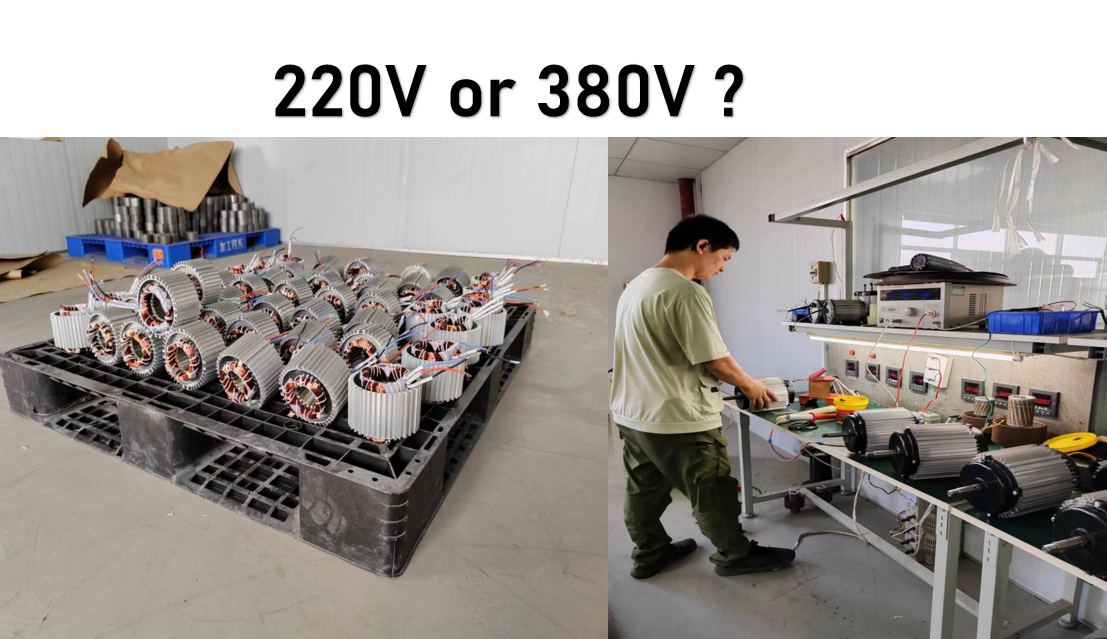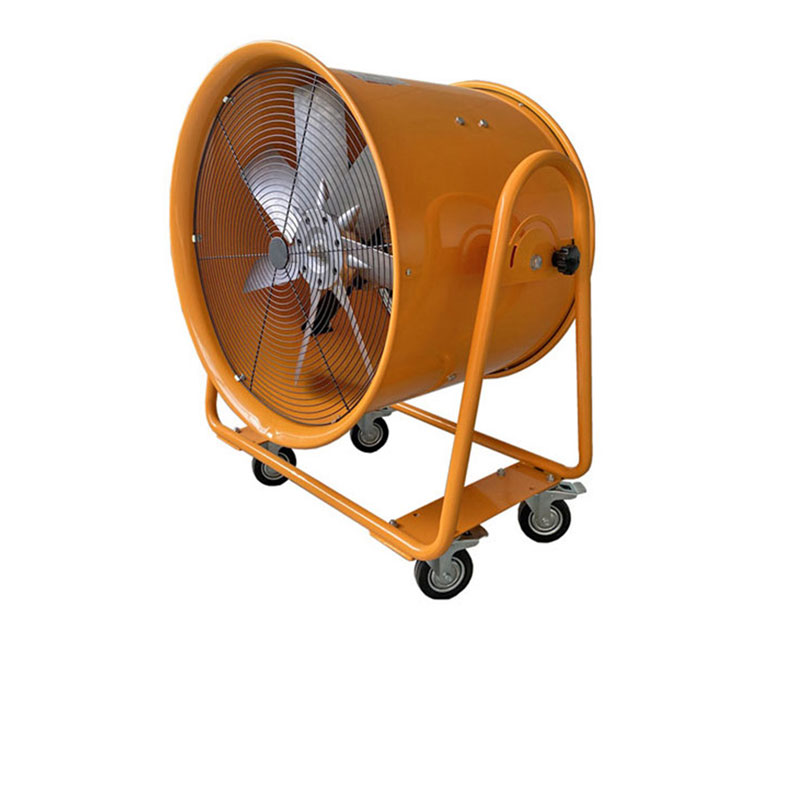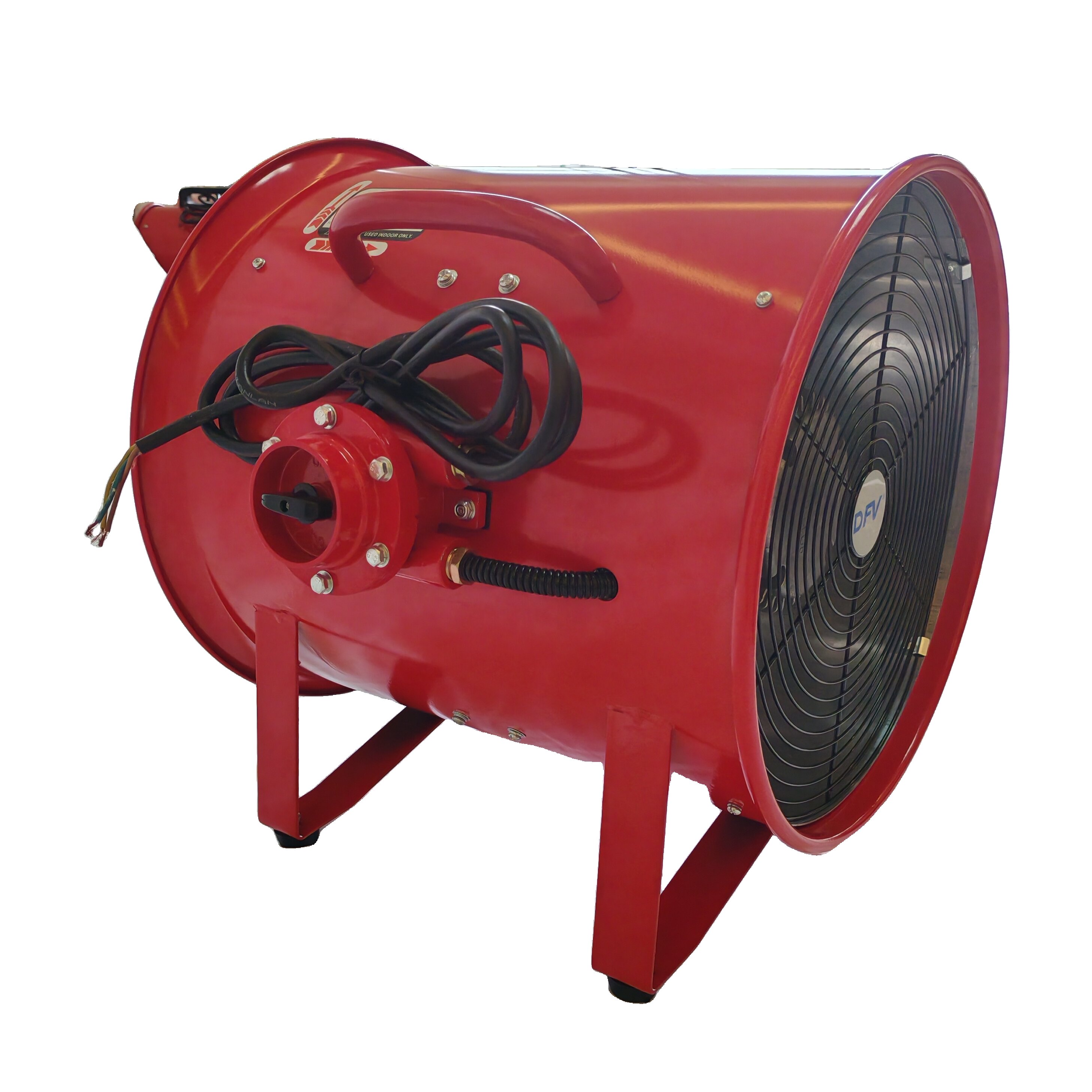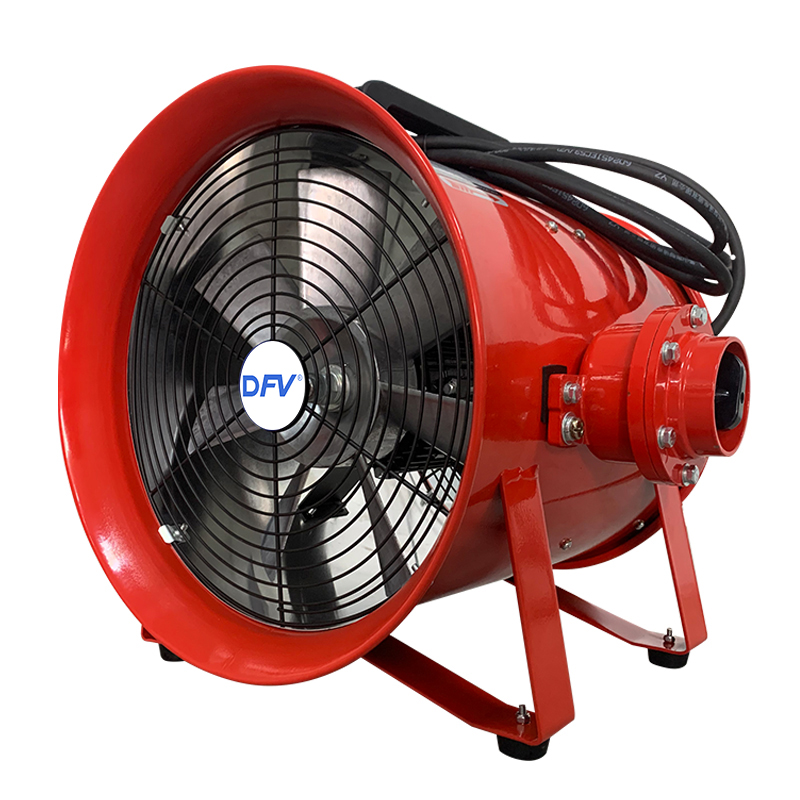Voltage Level:
220V: This is a standard single-phase voltage commonly used in residential and light commercial applications. It is lower in voltage compared to 380V.
380V: This is a higher voltage typically found in industrial and three-phase power systems. It is used for powering heavy machinery, large equipment, and industrial motors.
Phase Configuration:
220V: Generally provided as single-phase power, where two wires (phase and neutral) supply the voltage to appliances and devices.
380V: Usually associated with three-phase power systems, which consist of three live wires (three phases) and a neutral wire. Three-phase power is more efficient for powering large motors and industrial equipment because it provides a constant power output without significant voltage drops.
Applications:
220V: Used for household appliances such as refrigerators, washing machines, lighting, and smaller electrical devices.
380V: Used in industrial settings for powering machinery, pumps, compressors, and other heavy-duty equipment that require higher power ratings and more robust electrical supply.
Safety and Regulations:
Both voltages have specific safety considerations and regulations regarding installation, grounding, and use, which vary by country and region. For high-power electrical equipment, using 220V voltage may cause line overload and pose safety hazards. In addition, due to the low voltage, transmitting the same power requires a longer line, which will increase the loss of the line.
For high-power electrical equipment, a 380V voltage can better meet their electricity needs, reduce line losses, and improve energy efficiency. Meanwhile, in specific locations such as factories and large public facilities, using three-phase power supply can more effectively achieve distribution and power transmission. Due to the special design and installation required for three-phase voltage, it may not be suitable for general households and small commercial places. Meanwhile, if the equipment is mismatched or improperly maintained, it may lead to safety accidents.
Transformer Requirements:
In areas where both voltages are used, transformers may be required to step down (for 220V) or step up (for 380V) voltage to match specific equipment requirements.
In summary, the primary differences are in the voltage level, phase configuration, and the types of applications each voltage is suited for. Voltage selection depends on the specific electrical demands of the equipment or system being powered.






